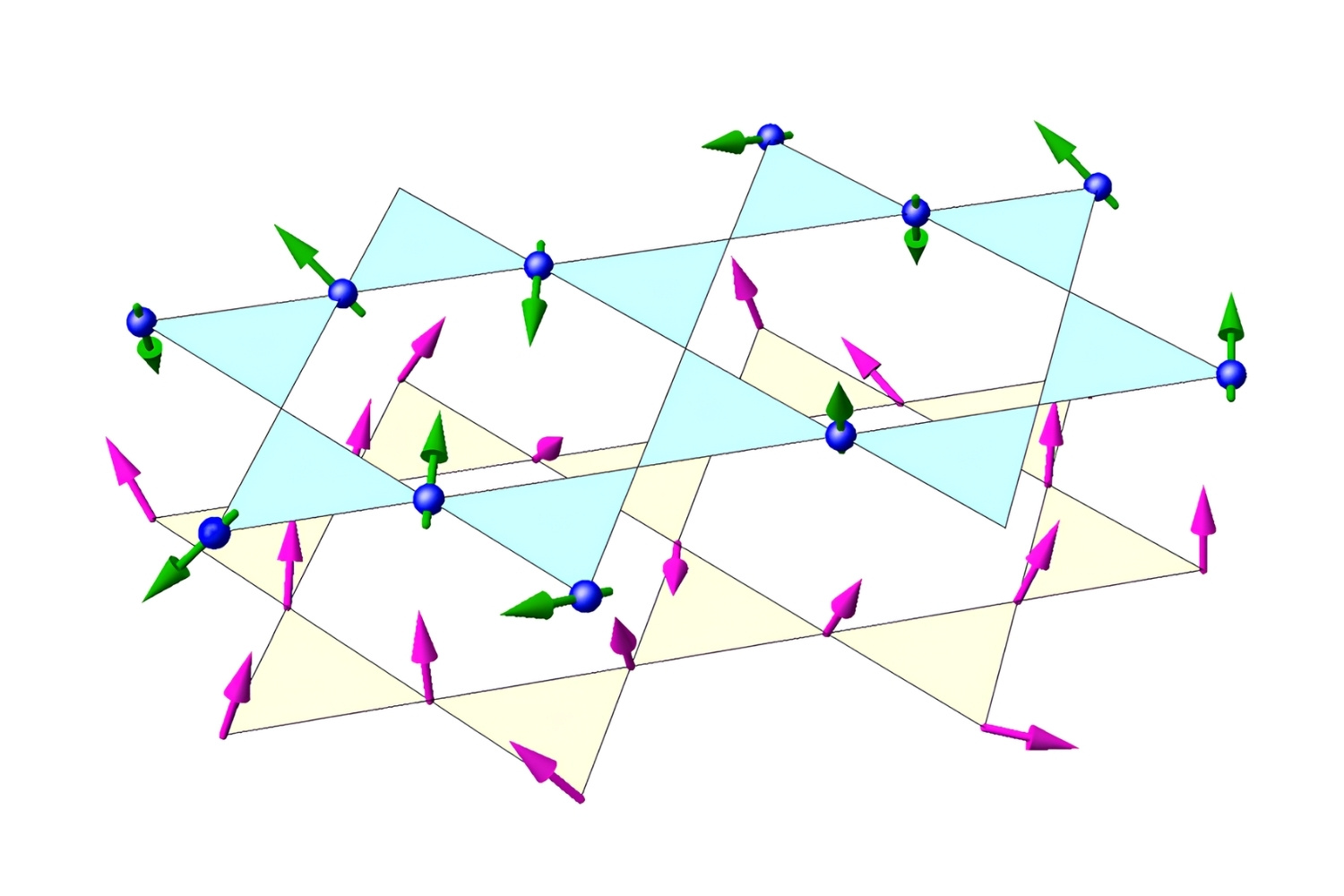
What is the Kondo Lattice Model? The Kondo Lattice Model is a theoretical framework used in condensed matter physics to describe the interaction between localized magnetic moments and conduction electrons in a metal. Named after Japanese physicist Jun Kondo, this model helps explain phenomena like heavy fermion behavior and the resistance minimum observed in some metals at low temperatures. In essence, it combines the Kondo effect—where magnetic impurities in a metal lead to increased electrical resistance at low temperatures—with the periodic arrangement of these impurities. This model is crucial for understanding complex materials like heavy fermion compounds and high-temperature superconductors. Dive into these 26 fascinating facts to grasp the intricacies and significance of the Kondo Lattice Model.
What is the Kondo Lattice Model?
The Kondo Lattice Model is a theoretical framework used in condensed matter physics. It describes the interaction between localized magnetic moments and conduction electrons in a metal. This model helps explain various phenomena in heavy fermion systems and other complex materials.
- Named after Japanese physicist Jun Kondo, who first proposed the Kondo effect in 1964.
- The model is crucial for understanding heavy fermion behavior, where electrons behave as if they have an effective mass much larger than their actual mass.
- It combines elements of the Kondo effect with lattice structures, making it more complex than the single impurity Kondo model.
- The Kondo effect describes how magnetic impurities in a metal can lead to an increase in electrical resistance at low temperatures.
- The Kondo Lattice Model is often used to study materials with rare earth or actinide elements, which have localized f-electrons.
Key Components of the Kondo Lattice Model
Understanding the main components of the Kondo Lattice Model helps in grasping its significance in condensed matter physics. Here are some essential elements:
- Localized magnetic moments are usually represented by spin-1/2 particles.
- Conduction electrons are free to move through the lattice and interact with these localized moments.
- The interaction between localized moments and conduction electrons is typically antiferromagnetic, meaning the spins tend to align in opposite directions.
- The Hamiltonian, a mathematical expression, is used to describe the total energy of the system.
- The model can be extended to include more complex interactions, such as those involving multiple orbitals or anisotropic spin interactions.
Phenomena Explained by the Kondo Lattice Model
The Kondo Lattice Model has been instrumental in explaining various physical phenomena observed in materials. Here are some examples:
- Heavy fermion behavior, where electrons exhibit an effective mass much larger than their actual mass.
- Quantum critical points, where the system undergoes a continuous phase transition at absolute zero temperature.
- Non-Fermi liquid behavior, which deviates from the traditional theory of metals.
- Magnetic ordering, such as antiferromagnetism or ferromagnetism, depending on the specific interactions in the material.
- Superconductivity in some heavy fermion systems, where electrical resistance drops to zero below a certain temperature.
Experimental Observations and Applications
Experimental studies have provided valuable insights into the Kondo Lattice Model. These observations have practical applications in various fields:
- Neutron scattering experiments have been used to study the magnetic properties of Kondo lattice systems.
- Specific heat measurements help determine the effective mass of electrons in these materials.
- Electrical resistivity experiments reveal the Kondo effect and its temperature dependence.
- The model has applications in developing new materials with unique electronic and magnetic properties.
- Understanding the Kondo Lattice Model can lead to advancements in quantum computing and other technologies.
Challenges and Future Directions
Despite its successes, the Kondo Lattice Model faces several challenges. Researchers continue to explore new directions to improve our understanding:
- Solving the model exactly is often impossible, requiring approximations and numerical methods.
- The interplay between different types of interactions, such as spin-orbit coupling, adds complexity.
- Understanding the role of disorder and impurities in real materials remains a challenge.
- Extending the model to higher dimensions or more complex lattice structures is an ongoing area of research.
- Future studies aim to explore the Kondo Lattice Model's relevance to topological materials and other emerging fields.
Conclusion
The Kondo Lattice Model remains a cornerstone in condensed matter physics, offering insights into complex materials and phenomena. Continued research promises to unlock new applications and deepen our understanding of the quantum world.
- The model's relevance extends beyond traditional materials, potentially impacting future technologies and scientific discoveries.
Final Thoughts on the Kondo Lattice Model
The Kondo Lattice Model offers a fascinating glimpse into the world of condensed matter physics. It helps explain how magnetic impurities interact with conduction electrons, leading to unique phenomena like the Kondo effect. This model is crucial for understanding heavy fermion systems and high-temperature superconductors.
By studying the Kondo Lattice Model, scientists can develop new materials with remarkable properties. This has potential applications in quantum computing and advanced electronics. The model's insights into electron behavior and magnetic interactions continue to drive research and innovation.
Understanding the Kondo Lattice Model isn't just for physicists. It can inspire curiosity about the microscopic world and how it influences everyday technology. So, next time you use a high-tech device, remember the tiny particles and complex interactions that make it all possible.
Was this page helpful?
Our commitment to delivering trustworthy and engaging content is at the heart of what we do. Each fact on our site is contributed by real users like you, bringing a wealth of diverse insights and information. To ensure the highest standards of accuracy and reliability, our dedicated editors meticulously review each submission. This process guarantees that the facts we share are not only fascinating but also credible. Trust in our commitment to quality and authenticity as you explore and learn with us.
